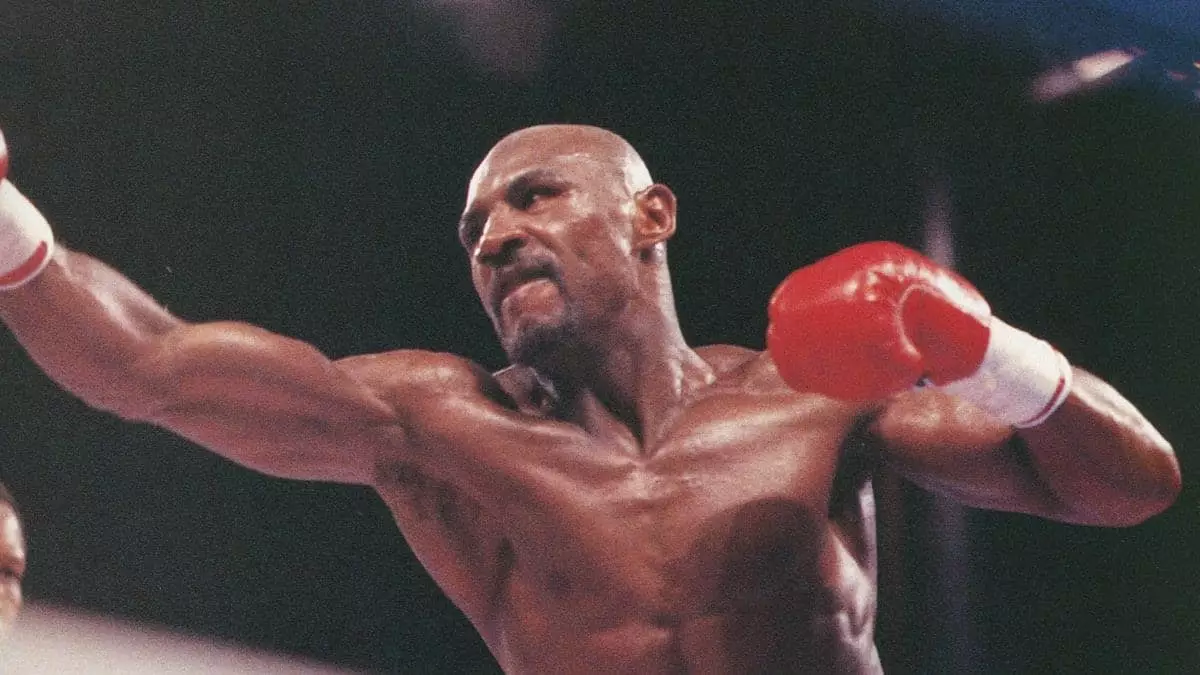April 6, 1987, remains etched in the memory of boxing enthusiasts as one of the most tumultuous nights in sports history. The clash between Sugar Ray Leonard and Marvelous Marvin Hagler was not just another boxing match; it was a monumental event that sparked debate, controversy, and impassioned opinions that continue to this day. As fans reflect on that unforgettable evening at Caesars Palace in Las Vegas, they often find themselves recalling not just the fight itself but the emotions and allegiances that made it a defining moment in boxing lore.
Preparation and Anticipation: Back to the Ring
Sugar Ray Leonard’s return to the boxing ring was nothing short of spectacularly risky. After a hiatus marked by a serious eye injury, many questioned his motivations for coming back at all. With an impressive career that saw him dominate the welterweight division, Leonard had the skills that could dazzle fans. But his almost theatrical comeback raised eyebrows. He hadn’t fought a serious opponent in years and faced the formidable Hagler, a man who had established himself as one of the sport’s most resilient champions. The stage was set for a rivalry that extended beyond mere boxing – it was a clash of two contrasting personalities.
Leonard’s decision to demand specific conditions for the fight, including the size of the ring and the weight of the gloves, painted a picture of a fighter desperate to tip the scales in his favor. It was a calculated move that showcased Leonard’s mastery of the psychological aspects of the sport. He approached this fight with a mix of bravado and strategy, elements that would prove instrumental as the night unfolded.
Style and Strategy: A Fight of Minds
What transpired in the ring was a masterclass in boxing technique and philosophy. Leonard exhibited a blend of agility and tactical genius, zigzagging in and out of Hagler’s reach, utilizing the full dimensions of the agreed-upon ring size. While viewers stood captivated by Leonard’s footwork and speed, Hagler initially appeared to struggle, caught in a web of Leonard’s strategy that changed the standard rhythm of a boxing match.
Hagler, known for his raw power and aggressive style, took time to adapt. His slow start, marked by orthodox boxing rather than his preferred southpaw stance, arguably cost him valuable early rounds. This miscalculation would echo in the scoring, as Leonard’s dazzling display electrified audiences and judges alike. It was a fight not just defined by punches thrown, but by the tactical dance between two powerful fighters, underlined by their strong personalities.
Judgment Day: The Controversial Decision
By the end of the 12-round contest, anticipation reached a fever pitch. When the judges’ scores were announced, the boxing world was polarized. Leonard’s victory by split decision sent shockwaves, with scores varying dramatically. Leonard’s supporters hailed it as a triumph of strategy and skill, while Hagler’s fans rallied in protest, claiming a blatant robbery. This bifurcation of public opinion illustrated a fundamental truth about sports – that even in the arena of talent and skill, the subjective nature of judgment leads to divergent perceptions of victory.
The debates following the match reignited old discussions about what truly determines success in boxing: is it the effectiveness of clean punches landed, or the ability to outmaneuver and outthink an opponent? The 118-110 scorecard for Leonard remains one of the most hotly contested decisions in boxing—it has surely fueled the fire of debate among fans and analysts alike.
The Legacy of Leonard vs. Hagler
What the Leonard-Hagler epic truly represents goes beyond the mere victory or loss. It’s a narrative about resilience, strategy, and the personal dynamics that power sports rivalries. Their storied confrontation encapsulated the magic of boxing—one moment encapsulating years of personal journeys, training, and psychological gamesmanship. The aftermath of the fight, filled with talk of rematches that never materialized, solidified its place in boxing history, while simultaneously stirring an enduring sense of dissatisfaction and yearning for closure.
In retrospect, boxing’s art lies as much in these contested narratives as it does in the bouts themselves. Leonard’s triumph over Hagler not only etched his name in the annals of boxing greatness but also became a lasting symbol of the beautiful chaos and complexity that defines the sport, making it an eternal topic of discussion and passion among fans worldwide.

